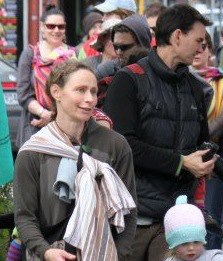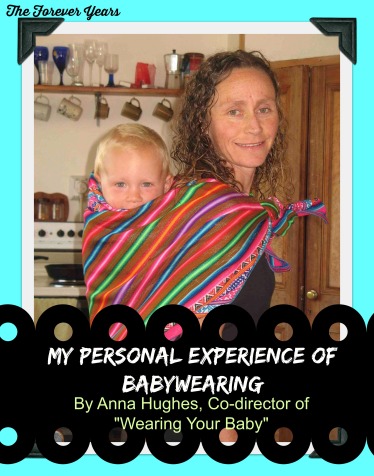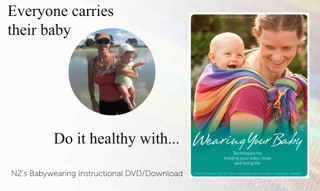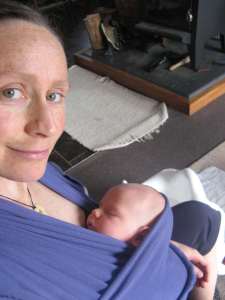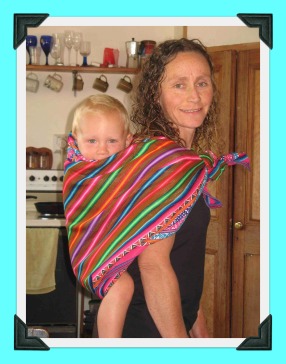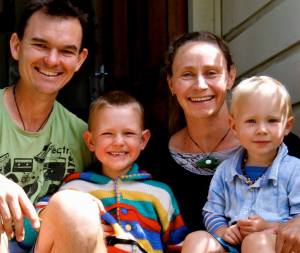
Source: “The Guardian”
http://www.theguardian.com/commentisfree/2015/mar/27/im-not-a-nipple-nazi-im-a-breastfeeding-counsellor?CMP=soc_568
Her baby is nine days old when she calls. In a voice thickened with tears: “He’s lost weight, the midwife says I have to give him formula.”
I have heard this countless times. I try to respond as sympathetically and tactfully as I can. I cannot directly contradict her midwife, yet I must empathise. “You sound so upset,” I say. “Do you want to use formula?”
“No,” she replies, with the emphasis that never fails to surprise me. “I want to breastfeed.”
So we talk. I ask about his nappies, to ascertain what is going in. We talk about weight, a loss of a mere 20 grams since birth is well within the realm of normal. I explain how her baby’s instinct for suckling and milk removal drives milk production and supply, and the effect formula top-ups might have. We talk about his feeding behaviour, crying, sleep – unpredictable, irregular and still normal – and what support is available. Together, we identify ideas: skin-to-skin contact, safe co-sleeping to facilitate night feeds when her prolactin levels are higher, allowing “comfort sucking” when she is comfortable to do so to increase baby’s calorie intake.
 I feel honoured to have witnessed a woman find confidence in herself.
I feel honoured to have witnessed a woman find confidence in herself.
A week later, baby has gained weight. Months later, baby is continuing to grow, exclusively breastfeeding with ease and the woman’s confidence has increased dramatically. Just like every other time, I feel honoured to have witnessed a woman find confidence in herself.
Her story is not unique: a hurried health professional responding to a chart, plus a new mother who has rarely seen a breastfeeding baby – it’s how women slip into motherhood every day. And it can make for a difficult introduction to breastfeeding.
Almost a decade ago I was there myself. Uncertain, afraid, confused. Believing, because my baby cried a lot, that my milk was not enough. That I was not enough.
I have been a breastfeeding counsellor for six years and still every parent teaches me something: women with insufficient glandular tissue; containers of milk strung around their neck and tubes taped to their nipples; women with polycystic ovarian syndrome, bursting with milk; parents caring for babies with reflux; babies who cry incessantly; babies who don’t sleep. Women aching with mastitis, abscesses, cracked nipples, inverted nipples, thrush, painful letdown, painful latch. Women with postnatal depression. I have marvelled over mothers breastfeeding twins or triplets, tandem feeding an infant and toddler, wet-nursing for friends or expressing milk for strangers.
But overwhelmingly, the most time I spend with mothers is on emotional reassurance. Being the person who patiently  waits out tears, reframes days in pyjamas as the height of personal freedom, and reminds that some days, breastfeeding sucks. An unwavering belief in bodily autonomy means my role is supporting women who want to breastfeed, and respecting a woman’s choice not to. I impart up-to-date information, encouragement and empathy. I cannot tell her what to do, and more importantly, I do not want to. Because it’s her body. They are her breasts.
waits out tears, reframes days in pyjamas as the height of personal freedom, and reminds that some days, breastfeeding sucks. An unwavering belief in bodily autonomy means my role is supporting women who want to breastfeed, and respecting a woman’s choice not to. I impart up-to-date information, encouragement and empathy. I cannot tell her what to do, and more importantly, I do not want to. Because it’s her body. They are her breasts.
I cannot tell her what to do, and more importantly, I do not want to.
In Australia, like most of the western world, breastfeeding rates are critically low. Not even 15% of Australian babies are exclusively breastfed to the recommended six months, and research has attributed the national health care cost of premature weaning to be up to $120m per year. Most women cite weaning before they wanted to. According to UNICEF, adequate breastfeeding has the potential to prevent almost one million child deaths globally.
And yet, breastfeeding advocates are called pushy, accused of pressuring vulnerable mothers. Labelled “Nipple Nazis”, “Breastapo” or “Breast Police”. Articles and commenters condemn breastfeeding advocates as anti-feminist, for fuelling “mummy wars”, or charge them with forcing breasts down the throats of a society unwilling to share such mammary enthusiasm.
Are some breastfeeding advocates tactless? Certainly. Is breastfeeding being pressed upon parents? Sometimes, sadly, yes. Ours is a busy medical care system that tends to dump arbitrary “shoulds” upon women and then rush to the next case.
Parents are overburdened with advice: techniques, duration, how baby should behave and grow. Not all health professionals employ the latest evidence-based practice in lactation and advice can be inconsistent from one expert to the next. Milk removal creates milk production, yet women are habitually encouraged to space out breastfeeds, to watch a clock or app instead of baby. An infant takes time to become familiar with and learn to adequately milk mother’s breast, yet women are regularly told to introduce a replacement teat, which can confuse an infant, in the form of a dummy or bottle just in case. Women are lambasted for breastfeeding in public, for taking lactation breaks at work, for supplying breastmilk at child care, for taking away her husband’s playthings.
Most breastfeeding advocates are not concerned if a woman does not want to breastfeed.
So when breastfeeding becomes difficult, it’s easier to blame a woman’s body than a society that let her down.
Most breastfeeding advocates are not concerned if a woman does not want to breastfeed. When a woman makes an autonomous, informed choice to use formula, all power to her. Because a woman making informed decisions over her own body, in this world, is a powerful thing.
 But I do care if she is lied to. I care if she is hurt or given prevalent, tired old myths leftover from decades ago when formula manufacturers were allowed to promote their product as superior and to lobby medical professionals, effectively wiping out their primary competition – breasts. I care when she is led to believe her body is faulty or inadequate yet she desperately wants to breastfeed her child.
But I do care if she is lied to. I care if she is hurt or given prevalent, tired old myths leftover from decades ago when formula manufacturers were allowed to promote their product as superior and to lobby medical professionals, effectively wiping out their primary competition – breasts. I care when she is led to believe her body is faulty or inadequate yet she desperately wants to breastfeed her child.
It is heartbreaking to witness a woman’s grief. New mothers can be angry, frustrated, devastated. Women are marginalised and abused. Wounds can be scars held from babies past, from her own childhood, from sexual violence.
Breastfeeding is more than just a milk-delivery method. It is a complex and robust biological system, and feeding fills the majority of time spent with a young infant. To feel that you bafflingly can’t, when you hormonally, emotionally and physically want to, can be soul destroying.
Active engagement in support of women’s choice invites labels of all kinds. While some labels hurt, it means I am standing up for women where they’re being systematically let down. So my work can be misunderstood, I can be called names, but I will keep protecting and supporting breastfeeding women.
Because it’s not about me. It’s about her.
